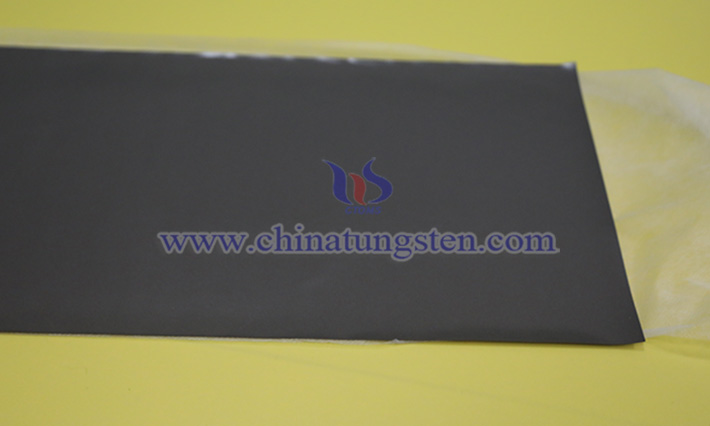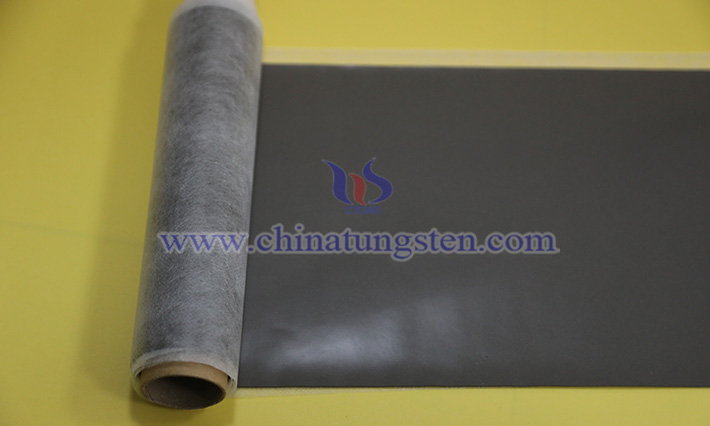Tungsten Resin
- Details
- Category: Tungsten Information
- Published on Wednesday, 13 August 2025 11:32
As a typical novel tungsten product, tungsten resin is a synthetic resin product formed by combining high-purity tungsten powder with various resin materials in different proportions. It is a gray-black material resulting from the combination of a transition metal and organic compounds, known in English as "Tungsten resin." Commonly used resin materials include nitrile rubber, chlorinated polyethylene, polypropylene, polybutene, polyurethane, and thermoplastic materials.

From a physicochemical properties perspective, tungsten resin integrates the advantages of metallic tungsten and resin materials, primarily manifesting in high density, good plasticity, excellent ductility, strong water resistance, robust radiation resistance, corrosion resistance, high-temperature resistance, oxidation resistance, and non-toxic environmental friendliness. Under normal temperature and pressure, it typically exists as a solid with a glossy surface and is easily deformable.
Regarding production methods, the manufacturing process of tungsten resin involves the following steps: a certain amount of tungsten powder, nitrile rubber, chlorinated polyethylene, stearic acid, and acrylate copolymers are mixed at high speed. The mixed materials are then fed into an internal mixer for initial gelation, followed by further gelation in a roller mill. Subsequently, the material is filtered to remove impurities, calendered into shape, and cooled to complete the process.

In terms of applications, tungsten resin is suitable for manufacturing counterweight products and radiation protection equipment. Counterweight products include automotive tire balancing weights, aircraft counterweights, fishing weights, and sports equipment counterweights, owing to tungsten resin's high density, small volume, non-toxicity, and non-radioactive properties. Radiation protection equipment includes protective clothing, hats, face shields, and gloves, where the upper and lower panels and sleeves of the protective clothing feature a layered structure combining tungsten resin with antistatic fabric, with tungsten resin sandwiched between two layers of antistatic fabric. In both counterweight and radiation protection applications, tungsten resin effectively replaces lead materials.
- Chinatungsten Online: www.chinatungsten.com
- CTIA GROUP LTD: en.ctia.group
- Tungsten News & Price: www.ctia.com.cn
- Molybdenum News & Price: news.molybdenum.com.cn
- Tel.: 86 592 5129696; Email: sales@chinatungsten.com